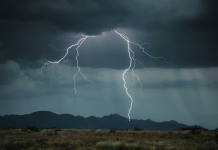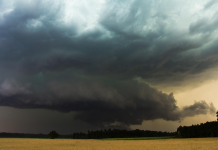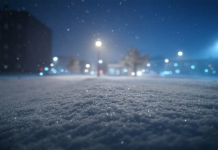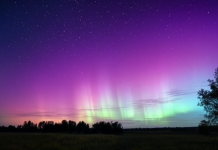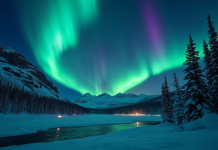Northern Lights might appear farther south than usual — A strong geomagnetic storm is predicted to occur in the early Monday morning hours on September 16, 2024 which could result in the Northern Lights being visible farther south than usual.
The aurora borealis might be visible across much of the northern U.S., potentially as far south as states like Iowa, Illinois, Indiana, Ohio, Pennsylvania, New York, and Massachusetts. This is due to the increased geomagnetic activity rated as a G3 (strong) storm, which can push the auroral oval southwards.
The best viewing times are anticipated to be after midnight through the pre-dawn hours on Monday.
For the best viewing experience, seek out areas with dark skies, away from city lights. Clear skies will obviously be beneficial, and while the lights might be visible to the naked eye, using a camera with a long exposure setting could capture the aurora even if it’s faint.
The aurora borealis phenomenon is caused by a coronal mass ejection (CME) from the Sun, which interacts with Earth’s magnetic field, causing charged particles to excite atmospheric gases, resulting in the colorful light displays known as the Northern Lights.
While current predictions are based on solar activity and geomagnetic models, the actual visibility can still depend on real-time solar wind conditions and local weather. If you’re in or can travel to the areas mentioned above, early Monday morning could offer a spectacular natural light show.
The Northern Lights, or Aurora Borealis in the Northern Hemisphere, is a natural light display in the Earth’s sky which is predominantly seen in high-latitude regions (around the Arctic and Antarctic).
Websites and apps like AuroraWatch UK, Aurora Forecast, or the NOAA’s Space Weather Prediction Center provide forecasts based on solar activity and geomagnetic conditions.
Viewing can require waiting in cold conditions, so dress appropriately and be prepared to stay out for a while.

